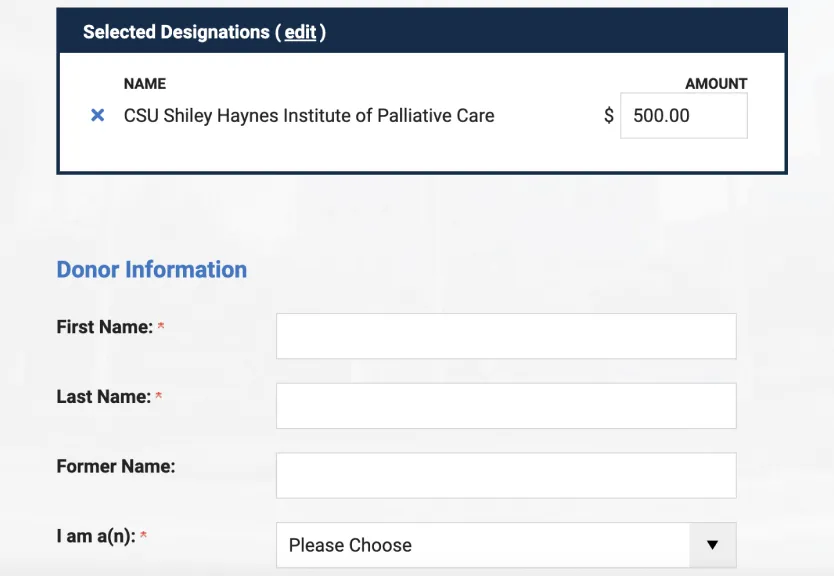Palliative Care Physician Confronts Pandemic with Information, Perspective
By Larry Beresford
When COVID-19 began to spread across the United States four months ago, hospice and palliative care pioneer Brad Stuart, MD, retreated to his home in Forestville in Sonoma County, Calif., and started studying the virus online.
Stuart was eager to read everything he could about how to slow the spread of disease and minimize the risk of infection. He planned to share what he learned with a group of long-time friends who, like him, are around 70 years old and thus at higher risk for COVID complications.
Soon, however, Stuart, who is Chief Medical Officer for the Coalition to Transform Advanced Care (C-TAC), was sharing his thoughts with a wider audience. He created a lively and informative blog, Coronavirus and COVID-19 News & Views, and updated it regularly, summarizing new studies and offering reflections on the country’s COVID-19 response.
Inevitably, threads of palliative care became part of the conversation. Treatment for COVID-19 is all about managing symptoms and the ongoing crisis has underscored the importance of palliative care across settings and disciplines.
Understanding Intrinsic Hope
As the pandemic emerged, Stuart had just completed a symposium at Harvard Law School called The Evolution of Hope in Advanced Illness: A Key to Health System Transformation. The February event explored the nature of intrinsic hope and its applications for seriously ill patients who have passed the point where a medical cure is possible.
“After all these years, and all the work of hospice and palliative care advocates, hope is not well understood,” Stuart said. “Some physicians still view palliative care as a last resort and think they can only give people hope so long as they hold out the prospect of reversing their illness.”
Palliative care professionals know how to help people through the evolution of hope, leading to an intrinsic hope not pinned on some objective like a cure, Stuart said. That “letting go” process deserves to be more widely recognized, he added.
When confronting one’s mortality, Stuart said, despair is a natural response and patients need to find their way through it. “I’ve always said despair is underrated,” he said. “People equate it with depression, but it’s a part of life that you can’t avoid as a mortal human.”
More importantly, “there is a way through the darkness,” Stuart said. “(People) know there’s something on the other side—even if they don’t know what it is.”
Embracing Uncertainty
Stuart has been a hospice and palliative medicine physician since 1990, starting as Medical Director of Home Hospice of Sonoma County, which later merged into the Sutter Health system. He previously had been a solo internist and later an ICU and ER doctor, both roles he loved, Stuart said.
“I was a listener, and a talker,” he said. “Then it dawned on me that I could not continue to practice the way I wanted. The people I was able to help the most were the ones I could not cure. From that point on, I practiced palliative and end-of-life care.”
While with Sutter in 1999, he led the development of Advanced Illness Management, a model of team-based palliative care at home for patients who were not appropriate for hospice care. As chief medical officer at C-TAC, which advocates for policies that support serious illness care, the nature of hope remains a big interest.
“People go into palliative care because of the urge to help people, but not in the ways you’re taught in medical school,” Stuart said. The goal of palliative care is not to cure, but to help people heal, to regain a lost sense of wholeness in themselves in difficult times, since many will never return to their former way of living.
Palliative care’s role is to embrace uncertainty, and to foster the birth and development of real, intrinsic hope.
Despair at a Collective Level
After the Harvard conference, Dr. Stuart found himself drawn back into an acute care mindset, trying to understand COVID-19 and what might lie ahead.
“I thought, ‘Hey, we can really turn this around if we implement widespread testing and contact tracing,’” Stuart recalled. He has since spent countless hours reading about the virus, boiling down reams of information, and then writing posts to synthesize it.
The first sentence from his first post on March 15: “Over the last 4 weeks, a tiny virus may have changed the course of world civilization. No one yet knows how this saga will unfold, nor when it might end.”
With almost daily posts in the beginning, his pace has since slowed. “These days there’s just too much information out there. I still have some things to say about viral dosing considerations and effects on the vital organs. At some point I’ll get back to how hope evolves when you know you will not recover from a setback like a serious illness.”
Dr. Stuart believes national efforts to open the economy and end sheltering at home, without the epidemiologist-recommended testing and contact tracing, will lead to serious setbacks with the pandemic and dark days ahead.
“We’re not far from real hell in some red states that decided to open things up too soon, in such a blind, stupid way,” he said. “Despair is about to rear its head again for many Americans.”
“But we can stay in denial or—like a cancer patient—feel our way through the darkness and despair, without any signposts to guide us, but knowing that something else will take the place of the ways we’ve been living,” Stuart said.
Despair was always out there, he added. “Now it’s in our faces. We have to help guide people through it.”




